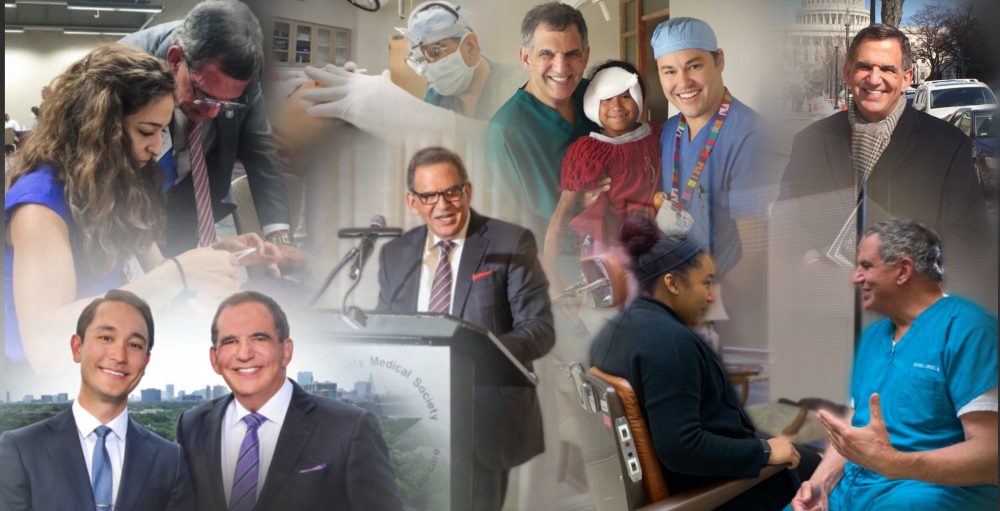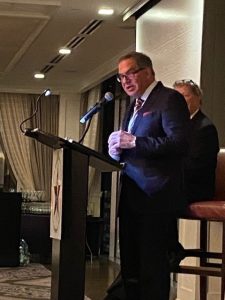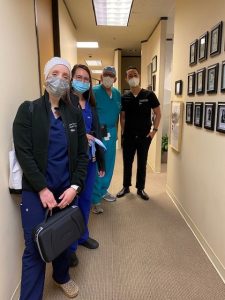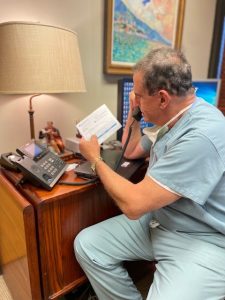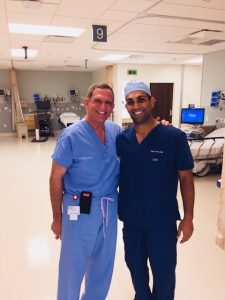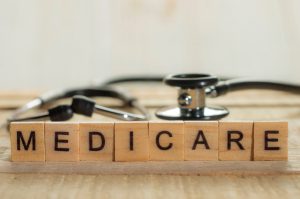Women in Medicine Have Elevated Our Profession
As women’s history month comes to a close, I can’t help but reflect on a few of the women in medicine who forged new paths, broke through glass ceilings, and overcame obstacles of every kind to elevate medicine to a higher level. In 1849 Elizabeth Blackwell, MD became the first woman in the United States to be granted an MD degree. She began her journey after a deathly ill friend insisted she would have received better care from a female doctor. In 1855, Mary Edwards Walker, was the first female surgeon in the United States and the second female graduate of an American medical school behind only Dr. Elizabeth Blackwell In 1864, Rebecca Lee Crumpler, became the first African-American to become a doctor of medicine in the United States. She was also one of the first female physician authors in the 19th century. In 1947, Gerty Theresa Cori was the first U.S. woman to win a Nobel Prize in science. In 1990, Antonia Novello was appointed Surgeon General of the United States by President George Bush in 1990, she was the first woman—and the first Hispanic—ever to hold that office. In 1998, Nancy Dickey was the first female president of the American Medical Association.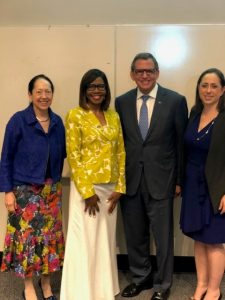 In 2019, Patrice Harris was the first black woman elected to serve as president of the American Medical Association.
In 2019, Patrice Harris was the first black woman elected to serve as president of the American Medical Association. 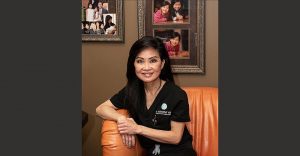 Suzanne Yee, MD, one of the first board certified female facial plastic surgery specialists and the first Asian-American female facial plastic surgery fellow. I am proud to have selected her and to have been her Fellowship Director for a year.
Suzanne Yee, MD, one of the first board certified female facial plastic surgery specialists and the first Asian-American female facial plastic surgery fellow. I am proud to have selected her and to have been her Fellowship Director for a year. Angela Sturm, MD, my previous fellow and associate is one of the first female facial plastic surgeons to offer body affirming surgeries for transgender patients in the U.S. As President of the American Academy of Facial Plastic and Reconstructive Surgery (AAFPRS), I initiated the Women in Facial Plastic Surgery Committee to help women address issues in the male dominated specialty and to encourage leadership opportunities for them. And as a result, two women have since become president of AAFPRS, Mary Lynn Moran and Theda Kontis. And, certainly my mother, Veezie Mazzeo, a first generation American, who had to change her name to get a job because employers did not offer interviews to Italian-Americans. Her courage, strength and determination as a single mother supporting and bringing up two young sons was an inspiration. She instilled in her children that with hard work and tenacity comes professional reward and with kindness and charity comes even greater personal reward. She encouraged her sons to follow their dreams, because anything is possible. A dream for one to be a physician, a dream for the other to be a lawyer — both realized.
Angela Sturm, MD, my previous fellow and associate is one of the first female facial plastic surgeons to offer body affirming surgeries for transgender patients in the U.S. As President of the American Academy of Facial Plastic and Reconstructive Surgery (AAFPRS), I initiated the Women in Facial Plastic Surgery Committee to help women address issues in the male dominated specialty and to encourage leadership opportunities for them. And as a result, two women have since become president of AAFPRS, Mary Lynn Moran and Theda Kontis. And, certainly my mother, Veezie Mazzeo, a first generation American, who had to change her name to get a job because employers did not offer interviews to Italian-Americans. Her courage, strength and determination as a single mother supporting and bringing up two young sons was an inspiration. She instilled in her children that with hard work and tenacity comes professional reward and with kindness and charity comes even greater personal reward. She encouraged her sons to follow their dreams, because anything is possible. A dream for one to be a physician, a dream for the other to be a lawyer — both realized.
